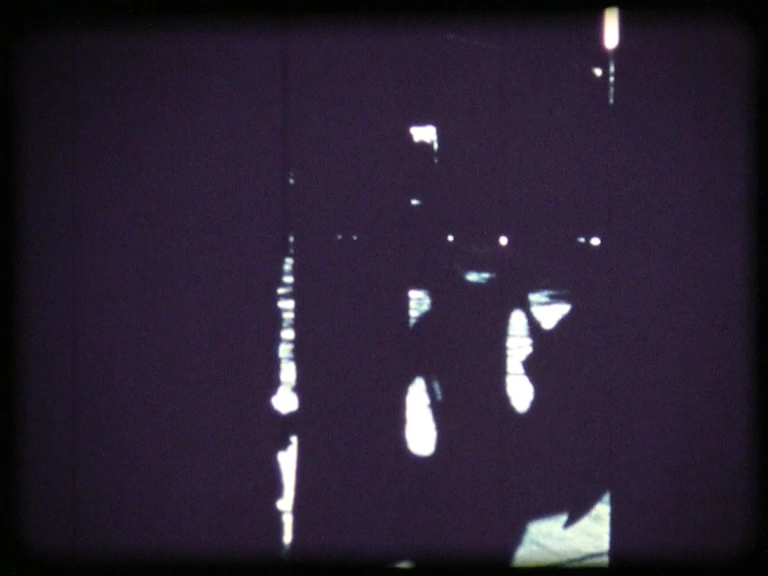Ken Jacobs - Window (1964)
Tuesday, July 1, 2008
Window (1964) 16mm, color, silent
The moving camera shapes the screen image with great purposefulness, using the frame of a window as fulcrum upon which to wheel about the exterior scene. The zoom lens rips, pulling depth planes apart and slapping them together, contracting and expanding in concurrence with camera movements to impart a terrific apparent-motion to the complex of the object-forms pictured on the horizontal-vertical screen, its axis steadied by the audience's sense of gravity. The camera's movements in being transferred to objects tend also to be greatly magnified (instead of the camera the adjacent building turns). About four years of studying the window-complex preceded the afternoon of actual shooting (a true instance of cinematic action-painting). The film exists as it came out of the camera barring one mechanically necessary mid-reel splice. --K. J.


Ken Jacobs was born May 25th, 1933 in Williamsburg, Brooklyn. His family background was that of a broken home, with a father who didn't care about him, and a mother who passed away when he was seven. His childhood life could be characterized, as he would call it, " Disastrous but typical, bequeathing me a social disgust and anger that I have cultivated, refined, monumentalized, and I am gagging on." His grim childhood had taught him to be a stronger person on the outside.
Aside from his early childhood difficulties, at the age of sixteen he had the opportunity to go to the Museum of Modern Art. There, he took a keen interest in various filmmakers, which then inspired him to write some of his own movie scripts. Also, he developed a love for art and painting. He attended the high school of Industrial Arts and often visited the film screenings at the Museum of Modern Art in New York.
He served at the US Coast Guard. In 1955 he continued to study painting in New York, and in 1956 he studied with Hans Hoffmann.
Also in 1956 he befriended the filmmaker Jack Smith and began to work on his first films and first attempts in Silhouette Theater. In 1956, Jacobs put together a film called Orchard Street. Over the next couple of years, with the help of fellow filmmaker and classmate Jack Smith, his work was finally acknowledged. Smith, being a hopeful actor, starred in Jacob's film Blonde Cobra as well as a few other films.
He founded the Millennium Film Workshop in New York. He then taught film studies at St. Johns University. In 1969 he founded the film department at the State University of New York in Binghamton together with Larry Gottheim. From 1971 to the present he has been professor of film in Binghamton. In 1986 he was a guest of the DAAD (Berlin Artist's Program). In 1996 his work was shown in a comprehensive film retrospective in the Museum of Modern Art in New York.
Available at KaraGarga.
at 11:12 AM